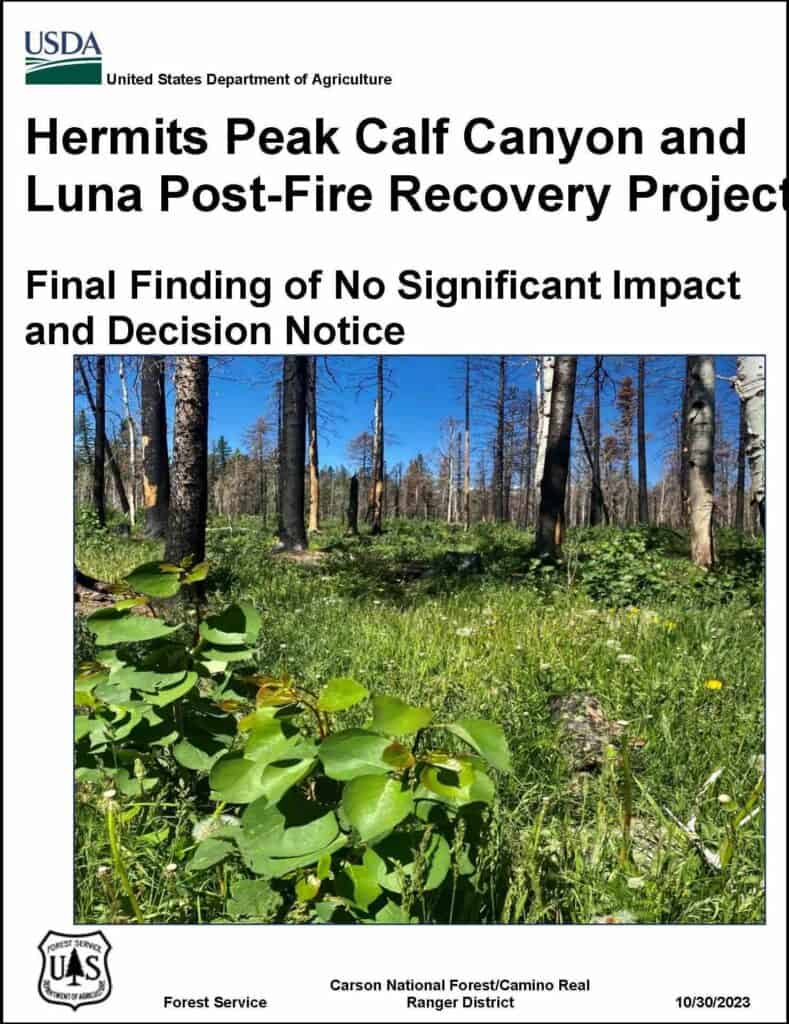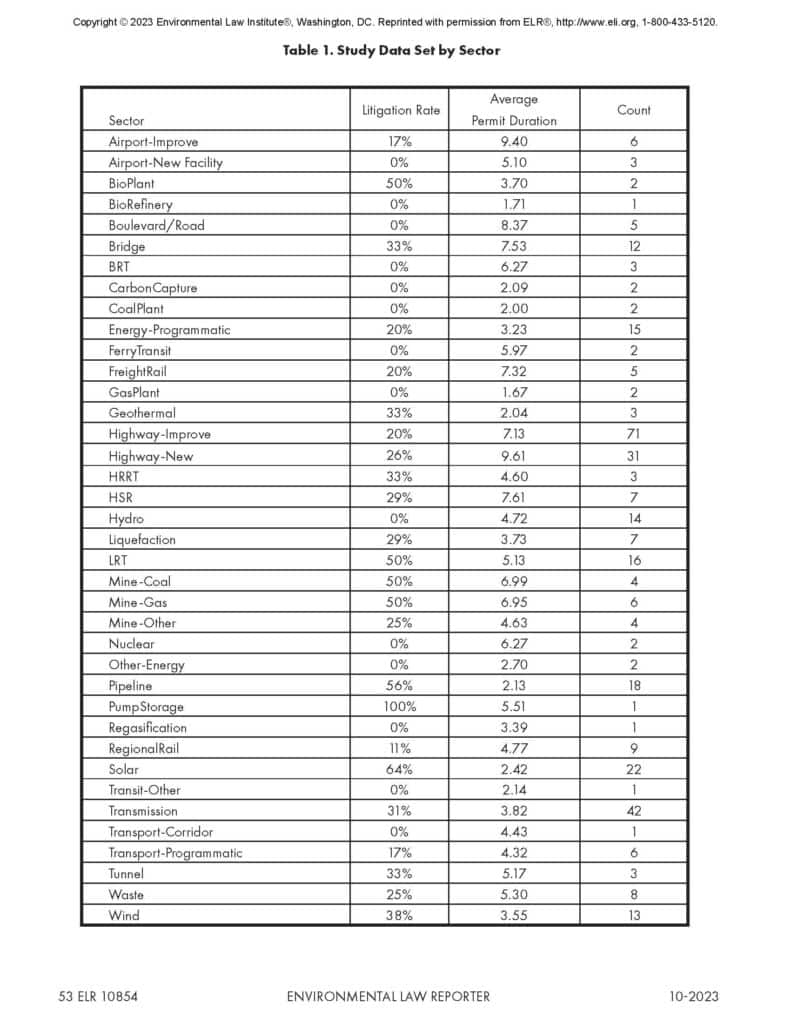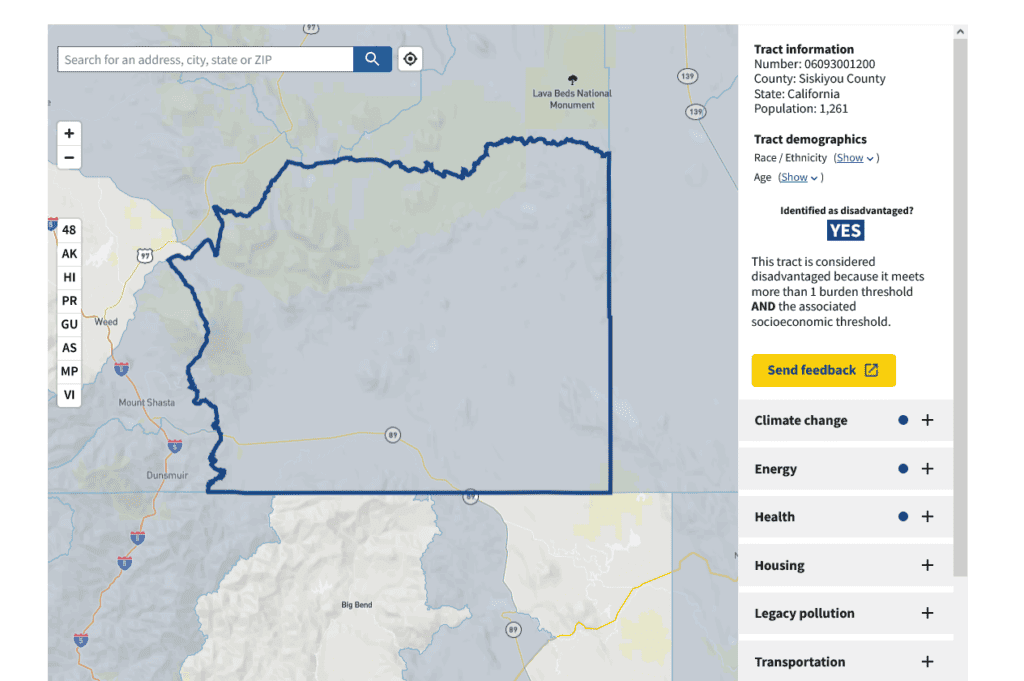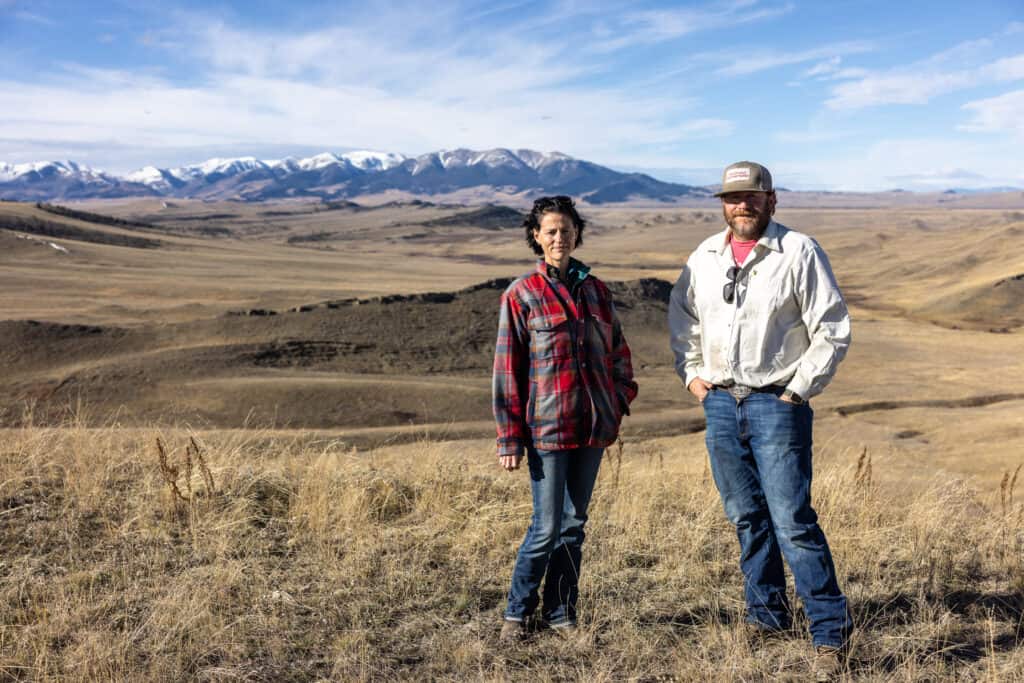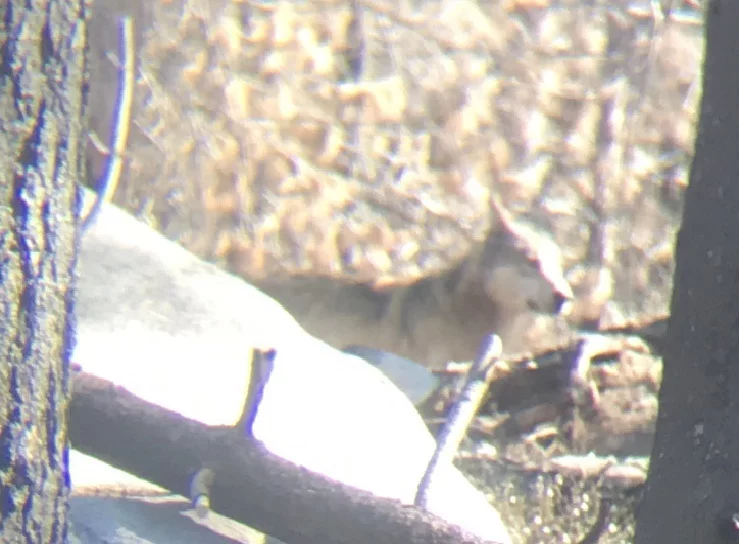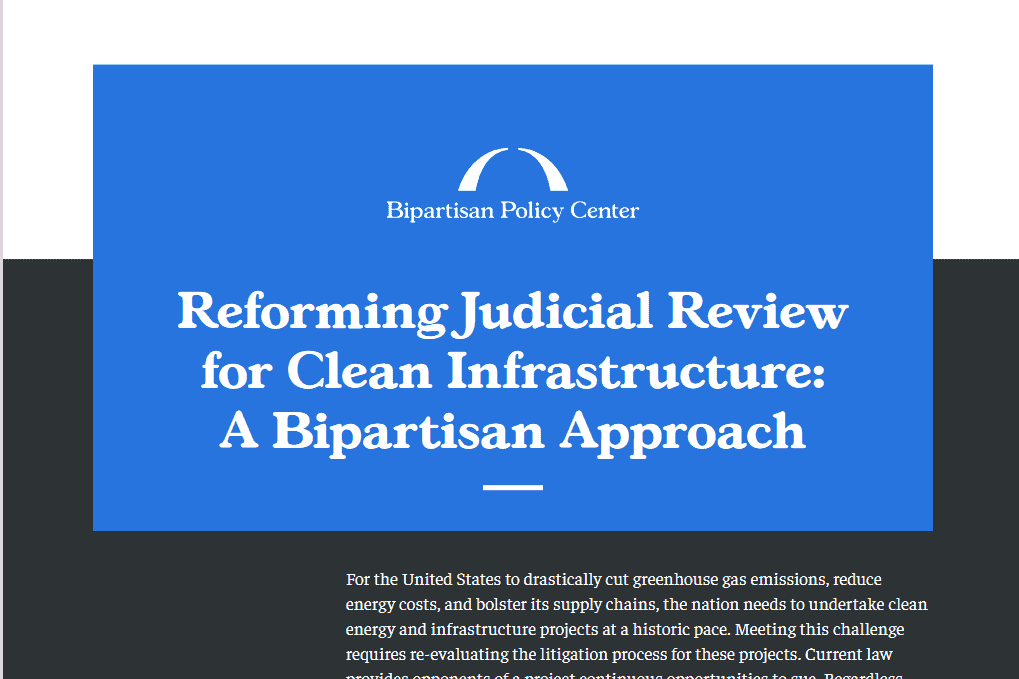Thanks to Tim at the Hotshot Wakeup for pointing out this project.
Here’s the link to the project documents. The EA is 60 pages, including five pages of response to comments. The draft EA was released on August 14 2023, and the final DN and FONSI on October 30, 2023. There were two fires involved, Hermits Peak Calf Canyon in 2022, and the Luna Fire in 2020. Acreage and time for the project: 24,420 acres over the next 1-10 years or until completed.
Some interesting things about it:
* Speed- draft EA out in one year.
* Tiers to FEMA programmatic.
* Uses emergency authorities so no objection process (helped with speed).
* As far as I have been able to ascertain, the woody material is being given to local not-for-profits or governments to distribute. There are no sawmills in the area.
Here’s the clause in the DN about objections:
“The Hermits Peak Calf Canyon and Luna Post-Fire Recovery Project has been approved by Forest Service Chief Randy Moore for use of the Emergency Authority Determination under Section 40807 of the Infrastructure Investment and Jobs Act of 2021 (Public Law 117-58 Nov. 15, 2021 ). Under section D in this authority,
An authorized emergency action carried out under this section shall not be subject to objection under the predecisional administrative review processes established under section 105 of the Healthy Forests Restoration Act of 2003 (] 6 U.S. C 6515) and section 428 of the Department of lnterio,; Environmental, and Related Agencies Appropriations Act, 2012 (16 USC 6515 note; Public Law 112-74).”
Here’s the project description:
“The Proposed Action provides the opportunity to implement a suite of restoration activities on approximately 24,420 acres over the next 1-10 years or until completed, as part of the Hermits Peak Calf Canyon integrated response and recovery approach to the current disaster and to possible future events associated with FEMA-4652-DR-NM. The “Proposed Action” section of the EA lists four items that the decision incorporates. Per the Final EA “Purpose and Need” section, implementation of the project as analyzed includes:
• Aerial re-seeding
• Re-forestation
• Ground-based material removal
o Using ground-based equipment on steep slopes
o Removal using conventional ground-based equipment
o Personal fuelwood
o Temporary road use on 58.1 miles, with decommissioning of these routes after
project completion
o Treatment of slash, including pile burning
• Recreation site stabilization
• Other recovery efforts, after assessments have been completed within the Hermits Peak Calf Canyon Fire portion of the project area:
o Noxious weed abatement (treatments approved in the Final Environmental Impact Statement for the Invasive Plant Control Project. Carson National Forest and Santa Fe National Forest (USDA 2005),
o Restoration and reforestation of fire-adapted vegetation types,
o Restoration of riparian areas,
o Post-wildfire hillslope stabilization treatments, including aerial seeding,
o Post-wildfire channel treatments,
o Post-wildfire road, culvert, and trail flow diversion treatments,
o Post-wildfire ash, sediment, and debris removal and infrastructure repairs,
o Structure demolition, relocation, or alteration, and
o Hydraulic capacity improvements and protection of water infrastructure.
Based on the resource specialists’ analysis/reports, as summarized within the EA, and tiering to FEMA Programmatic Environmental Assessment for the State of New Mexico Watershed Resiliency and Post-Wildfire Treatment Projects, the implementation of the Proposed Action and associated activities (including design features) can be implemented such that the proposed project will not result in a significant impact. This determination is based on the following:
• How well the selected alternative achieves the need.
• How well the selected alternative protects the environment and addresses issues and concerns.
• How well the selected alternative complies with relevant policies, laws, and regulations.My decision to implement the Proposed Action is based on how well the alternative responded to the purpose and need and public comments received during the public involvement process. My decision facilitates the need to address recovery actions, particularly for the Hermits Peak Calf Canyon Fire as part of the integrated response for this emergency while also addressing vegetation recovery needed within these burned areas. My decision best meets the purpose and need to aid in recovery efforts, while complying with applicable laws and regulations and addressing the public’s concerns. In making this decision, we thoroughly considered issues and comments identified during scoping and from the public during the 30-day Draft EA comment period. Our decision balances public concerns and the need to restore and participate in integrated recovery efforts.”
